Standing NATO Maritime Group Two (SNMG2) spearheaded an electronic warfare and anti-ship missile defence exercise called “Dynamic Guard” from Sept. 4-8 in the Alboran Sea, off Cartagena, Spain.
“Dynamic Guard 23-II” aimed to give Allied forces the opportunity to “test, train and enhance the techniques required to operate in a degraded or denied electro-magnetic environment.“
The NATO Joint Electronic Warfare Staff (JEWCS) lent its expertise to the drill by supplying specialist equipment and knowledge, crafting a lifelike electronic warfare situation.
Almost 1,000 personnel were involved, utilising several ships and aircraft, inclusive of SNMG2’s flagship, the ESPS Mendez Nunez (F104), and four additional Spanish vessels: ESPS Canarias (F86), ESPS Reina Sofia (F84), ESPS Cantabria (A15) and ESPS Vigia (P73).
British Falcon DA-20 aircraft and Spanish AV8B Harriers worked alongside the JEWCS-fitted ESPS Vigia, presenting a variety of genuine threats against which the Allied vessels were tested.
In the exercise, NATO ships were tasked with demonstrating their abilities to pinpoint threats, respond to aggressive electronic warfare tactics, and defend both themselves and the wider task group. This comes in light of the importance of the electro-magnetic spectrum in modern warfare, as evidenced by current events.
“As is being demonstrated every day during Russia’s war against Ukraine, the electro-magnetic spectrum remains a vital component of modern warfare,” mentioned Commander, SNMG2 Royal Navy Commodore Paul Stroude.
“It is essential that our ships retain the technology and skills to be able to operate and defend themselves effectively, as a fully integrated task group, when the electro-magnetic spectrum is contested by our adversaries.”


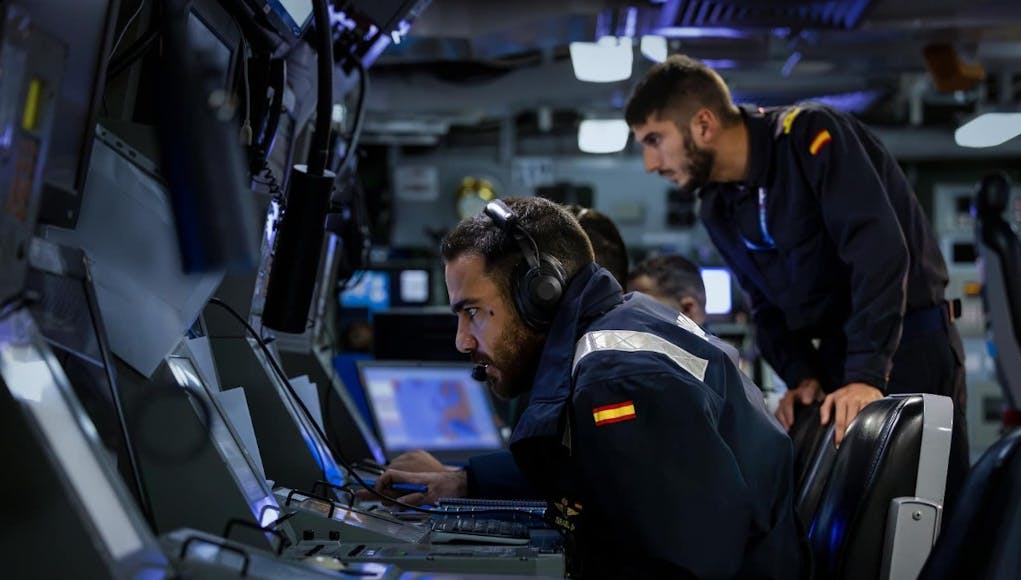
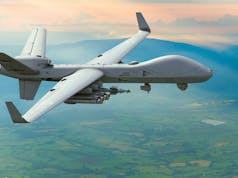
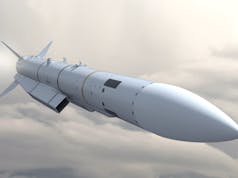


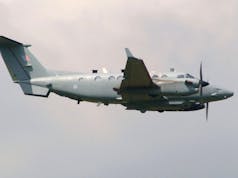
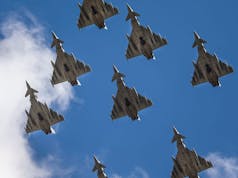

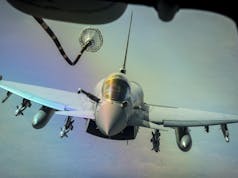
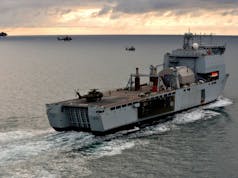


But no UK ships.
A type 45 had to go to Spain to get some stuff fixed but is meant to be fixed now.
This article is worth reading to see how far China has come and how we need to keep a very close eye on its technological achievements going forward.
September 22, 2023
Of 10 advanced sensor tech areas, China leads in seven and the US in three, according to the Australian Strategic Policy Institute.
“SYDNEY — “China’s research in several advanced sensor technologies vital to military navigation and targeting is overwhelmingly ahead of the three AUKUS
partners, the United States, United Kingdom and Australia,” according to a new report by the Australian Strategic Policy Institute.
It gets worse, if you’re a country competing with China: “Even if the three team up with like-minded Indo-Pacific countries Japan and South Korea, they do not match the Chinese output in high-impact research.
The conclusion is the latest from ASPI’s Critical Technology Tracker, created to look at the impact of top research around the world. This newest addition focuses on advanced sensors, including 10 technology areas, with China leading in: inertial navigation systems, magnetic field sensors, multispectral and hyperspectral imaging sensors, photonic sensors, radar, satellite position and navigation, and sonar and acoustic sensors. There are three areas where the US leads: quantum sensors, atomic clocks and gravitational sensors (just).”
LINK
Gollys gonna Golly
Que?